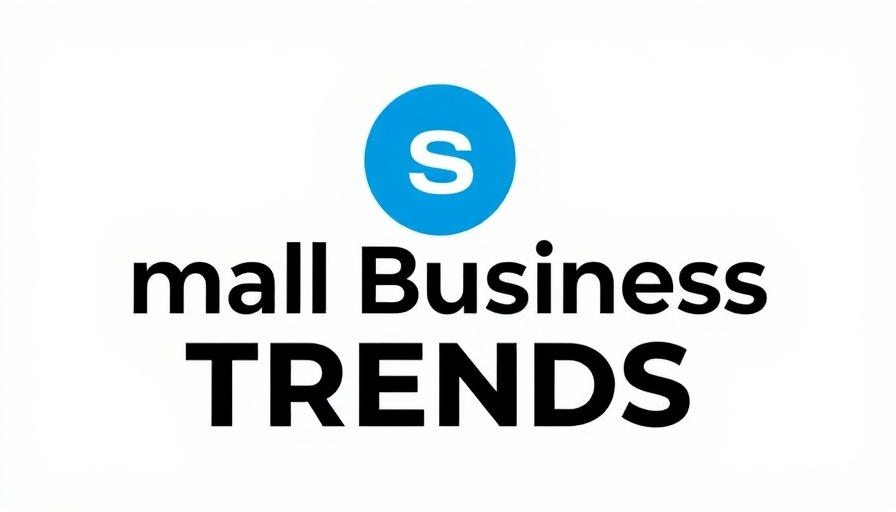
Mastering the Art of Hiring a Personal Assistant
Hiring a personal assistant (PA) can transform your busy life, enabling you to focus on more important tasks while ensuring that even the smallest details are expertly managed. In today's fast-paced environment, the right PA can enhance your productivity, revolutionizing the way you manage both personal and professional obligations.
Understanding the Role of a Personal Assistant
A personal assistant is not just an administrative role; it encompasses a variety of tasks that free up time for executives and entrepreneurs. These tasks include scheduling, client communication, project management, and much more, all designed to optimize efficiency. By clearly defining these roles before starting the hiring process, you can better select candidates who align with your operational needs.
Identifying Your Specific Needs
Before embarking on the hiring process, it's crucial to assess your personal and professional requirements in detail. Are you looking for someone to handle administrative duties, manage projects, or support personal errands? Perhaps you need part-time help or full-time assistance. Knowing this will streamline your search and help tailor the job description to attract candidates suited for your specific needs.
Crafting an Effective Job Description
A well-articulated job description is key to attracting the right candidates. Be specific about the responsibilities, necessary qualifications, and skills. Include the working hours, compensation, and any special requirements that may apply, ensuring that potential hires have a clear understanding of what the role entails and why they would want to fill it.
Conducting Structured Interviews
The interview process is your opportunity to assess whether a candidate is a good fit for both the role and your company culture. Prepare structured questions that focus on previous experiences, core competencies, and situational problem-solving. Additionally, consider including a personality assessment to gauge compatibility with your personal working style and organizational ethos.
Evaluating Candidates Objectively
To make informed hiring decisions, utilize a scoring system to evaluate each candidate's qualifications based on predefined criteria such as skills, experience, and cultural fit. This method not only removes personal bias but also provides a clear framework for making a decision that aligns with your professional goals.
Onboarding Effectively for Maximum Productivity
Once you've chosen your PA, onboarding is essential for their successful integration into your workflow. Clearly communicate expectations and provide comprehensive training to prepare them for their new role. This is the time to build rapport, enabling your assistant to understand your preferences and work style, which ultimately leads to a smoother working relationship.
The Unique Benefits of Hiring a Personal Assistant
Hiring a personal assistant can result in improved efficiency and a better work-life balance. This strategic decision allows you to delegate tasks effectively, ensuring you can concentrate on key business activities. The right PA not only acts as an extension of your capabilities but also contributes to your business’s overall success through organized management.
Questioning Old Myths About Personal Assistants
Contrary to some common misconceptions, hiring a personal assistant is not solely for the elite or the overly busy. Many small business owners and professionals can benefit from skilled assistants who take on tasks that would otherwise distract from more important work. Understanding the accessibility and flexibility of this role may open new avenues for those on the fence about hiring support.
Approaching the Hiring Process with Confidence
The process of hiring a personal assistant may feel overwhelming at first, but it can be a rewarding investment in your life and career. By following the outlined steps—understanding the role, assessing your needs, crafting informative job descriptions, interviewing with intention, and implementing effective onboarding—you can hire a personal assistant who enhances your productivity and supports your success.
In conclusion, hiring a personal assistant should be viewed as a strategic move rather than a mere necessity. Embrace the opportunity to streamline your operations and reclaim your time for what truly matters. Start your search today and discover the difference a skilled PA can make in your life.
 Add Row
Add Row  Add
Add 



Write A Comment